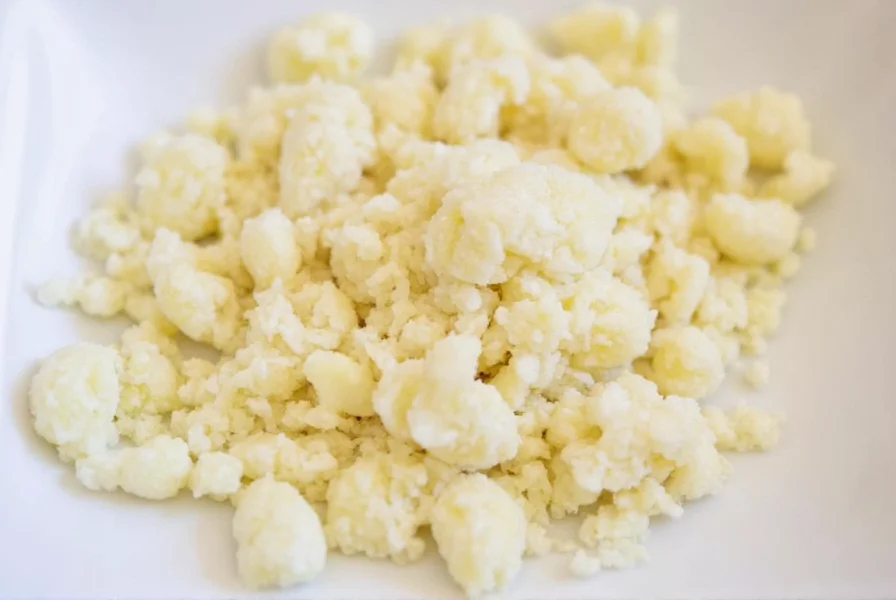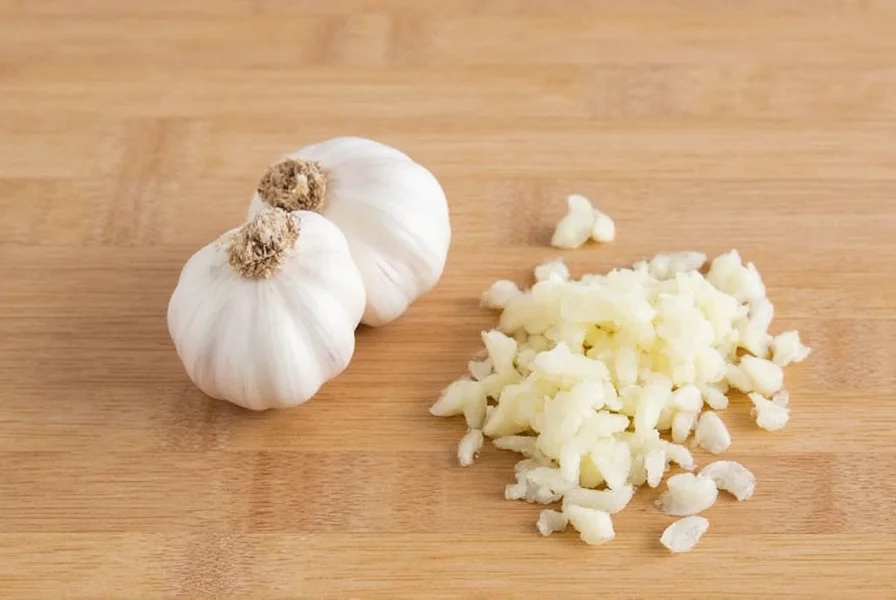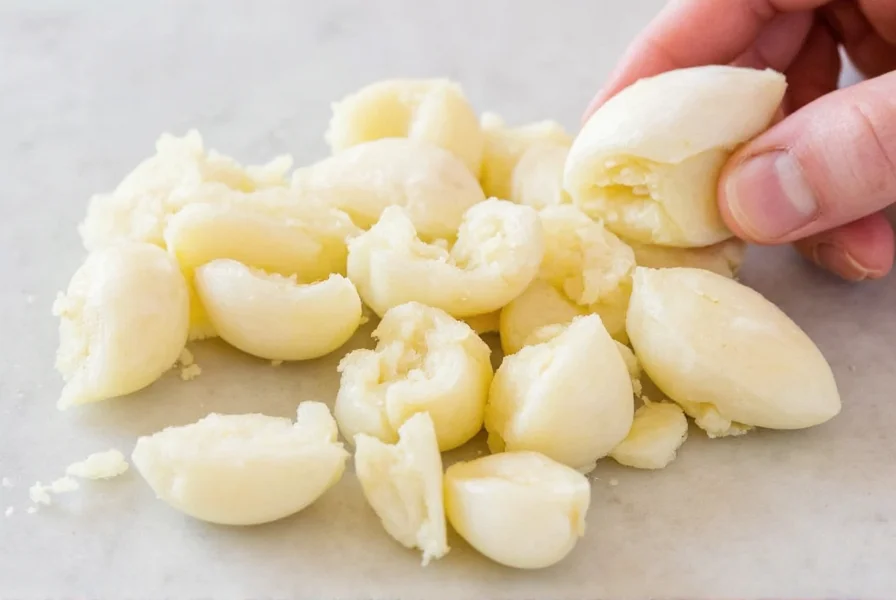Understanding garlic measurements is essential for achieving perfect flavor balance in your recipes. Whether you're following a cookbook or improvising in the kitchen, knowing the precise how much minced garlic equals 1 clove conversion prevents under- or over-seasoning your dishes.
| Garlic Form | Equivalent Measurement |
|---|---|
| 1 small garlic clove | 1/4 teaspoon minced |
| 1 medium garlic clove | 1/2 teaspoon minced |
| 1 large garlic clove | 3/4 teaspoon minced |
| 1 extra-large garlic clove | 1 teaspoon minced |
When working with garlic, size matters significantly in the garlic clove to minced garlic conversion. Commercial garlic varies dramatically in size, which affects your final measurement. A small clove from a standard bulb typically yields about 1/4 teaspoon when minced, while those impressive gourmet garlic bulbs might produce a full teaspoon from one massive clove.
The physical process of mincing releases garlic's essential oils and enzymes, intensifying its flavor. This means substitute minced garlic for whole clove measurements aren't perfectly linear in terms of flavor impact. When garlic is minced, its surface area increases dramatically, allowing more allicin (the compound responsible for garlic's distinctive flavor) to develop.

Practical Substitution Guide
When your recipe calls for whole cloves but you only have minced garlic (or vice versa), follow these professional kitchen guidelines:
- For most savory dishes, use the 1:1/2 teaspoon ratio as your baseline how many teaspoons minced garlic per clove
- When substituting jarred minced garlic for fresh, reduce the amount by 25% as preservatives can intensify flavor
- For delicate sauces or dishes where garlic should be subtle, start with 1/3 teaspoon minced per clove and adjust to taste
- When roasting whole cloves, remember they mellow significantly—use 1.5x the minced equivalent for similar flavor intensity
Factors Affecting Garlic Measurements
Several variables influence the precise fresh garlic measurement equivalents:
Clove maturity: Younger garlic contains more moisture, yielding slightly more volume when minced. Older bulbs are drier with more concentrated flavor.
Minced texture: Finely minced garlic packs more densely than roughly chopped. For accurate minced garlic vs whole garlic measurements, press your minced garlic into the measuring spoon.
Recipe timing: Garlic added early in cooking mellows, while fresh minced garlic added at the end delivers stronger flavor. Adjust measurements accordingly for your cooking method.

Professional Kitchen Tips
Experienced chefs recommend these techniques for perfect garlic measurements every time:
- Freeze minced garlic in ice cube trays for precise future use—one cube equals one medium clove
- When in doubt, under-season and add more later—garlic flavor intensifies as dishes sit
- For consistent results, weigh your garlic—one medium clove weighs approximately 3-7 grams
- Store minced garlic with a teaspoon of olive oil to prevent browning and preserve flavor
Mastering the garlic clove to minced garlic conversion transforms your cooking from hit-or-miss to consistently delicious. By understanding these precise measurements and the factors that affect garlic's flavor intensity, you'll gain confidence in recipe adaptation and improvisation.
Frequently Asked Questions
How much jarred minced garlic equals one fresh clove?
Use approximately 1/2 teaspoon of jarred minced garlic to replace one medium fresh clove. However, because preservatives can intensify flavor, many chefs recommend starting with 1/3 teaspoon and adjusting to taste, especially in delicate dishes.
Does the size of the garlic clove significantly affect the minced measurement?
Yes, clove size dramatically impacts the final measurement. Small cloves yield about 1/4 teaspoon minced, medium cloves 1/2 teaspoon, large cloves 3/4 teaspoon, and extra-large cloves can produce a full teaspoon. Always consider your specific garlic bulb's size when making the how much minced garlic equals 1 clove conversion.
Can I substitute garlic powder for fresh minced garlic?
Yes, but the conversion differs significantly. Use 1/8 teaspoon garlic powder to replace one medium garlic clove (or 1/2 teaspoon minced garlic). Garlic powder is more concentrated, so start with less and adjust to taste. Remember that powder lacks the fresh flavor complexity of minced garlic.
Why does my recipe taste too garlicky even when I followed the conversion?
This often happens because garlic's flavor intensifies over time. The garlic clove to minced garlic conversion assumes immediate consumption. If your dish sits before serving, the garlic flavor will strengthen. Additionally, cooking method matters—garlic fried in oil develops stronger flavor than garlic simmered in liquid. For best results, add half the recommended amount initially, then adjust after cooking.
How can I make minced garlic last longer without losing flavor?
To preserve minced garlic, store it in an airtight container with a thin layer of olive oil in the refrigerator for up to 1 week. For longer storage, freeze minced garlic in ice cube trays (one cube per clove) then transfer to freezer bags. This maintains the fresh garlic measurement equivalents while preserving flavor for up to 3 months.











 浙公网安备
33010002000092号
浙公网安备
33010002000092号 浙B2-20120091-4
浙B2-20120091-4